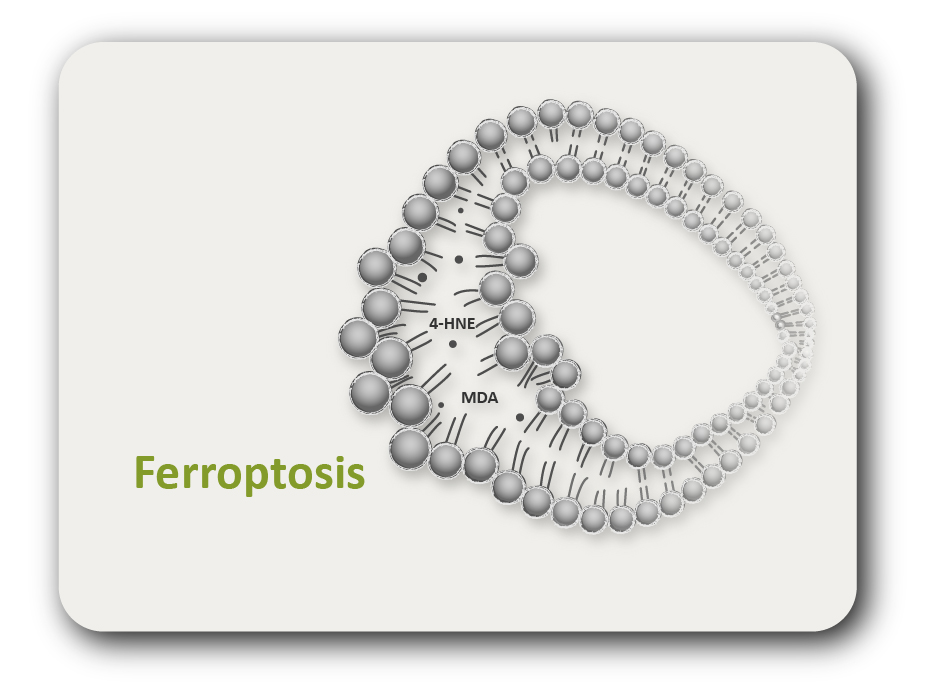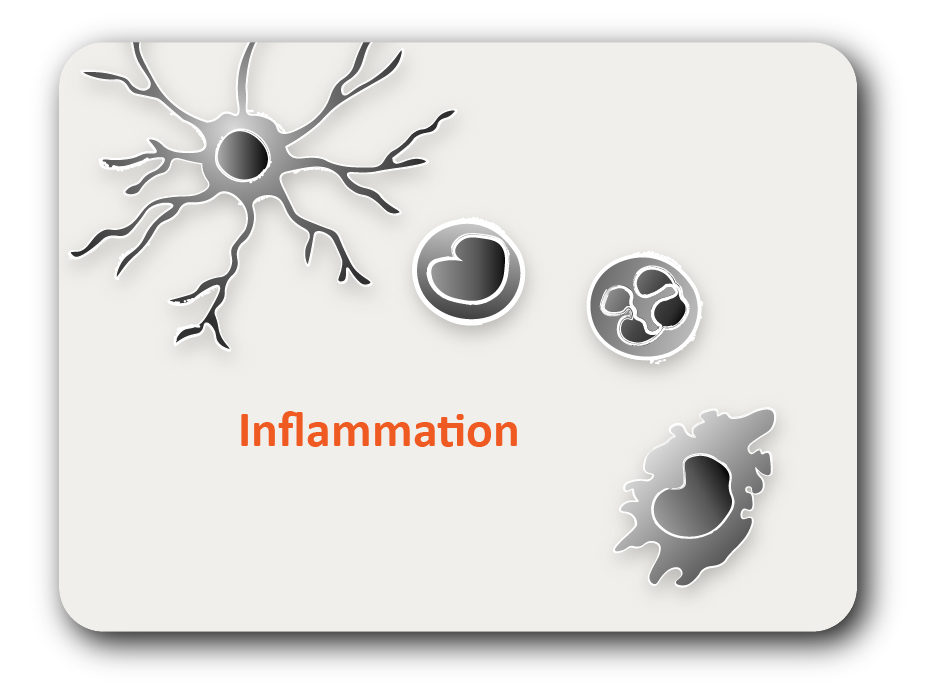ARG21169
anti-TCR alpha + TCR beta antibody [TCR-2]
anti-TCR alpha + TCR beta antibody [TCR-2] for Depletion,Flow cytometry,IHC-Frozen sections,IHC-Formalin-fixed paraffin-embedded sections,Immunoprecipitation and Chicken,Turkey
概述
| 产品描述 | Mouse Monoclonal antibody [TCR-2] recognizes TCR alpha + TCR beta |
|---|---|
| 反应物种 | Chk, Turkey |
| 应用 | Depletion, FACS, IHC-Fr, IHC-P, IP |
| 特异性 | The clone TCR-2 precipitates a CD3-associated heterodimer of 90 kDa (two bands of 50 kDa and 40 kDa upon reduction) on chicken peripheral blood T cells. Deglycosylation of the heterodimer yields two polypeptides of Mr 34 kDa and 29 kDa. |
| 宿主 | Mouse |
| 克隆 | Monoclonal |
| 克隆号 | TCR-2 |
| 同位型 | IgG1, kappa |
| 靶点名称 | TCR alpha + TCR beta |
| 抗原物种 | Chicken |
| 抗原 | White Leghorn chick thymocytes and blood mononuclear cells |
| 偶联标记 | Un-conjugated |
| 別名 | TCR alpha: IMD7; TCRA TCR beta: TCRB |
应用说明
| 应用建议 |
|
||||||||||||
|---|---|---|---|---|---|---|---|---|---|---|---|---|---|
| 应用说明 | * The dilutions indicate recommended starting dilutions and the optimal dilutions or concentrations should be determined by the scientist. |
属性
| 形式 | Liquid |
|---|---|
| 缓冲液 | BBS (pH 8.2) |
| 浓度 | 0.5 mg/ml |
| 存放说明 | For continuous use, store undiluted antibody at 2-8°C for up to a week. For long-term storage, aliquot and store at -20°C. Storage in frost free freezers is not recommended. Avoid repeated freeze/thaw cycles. Suggest spin the vial prior to opening. The antibody solution should be gently mixed before use. |
| 注意事项 | For laboratory research only, not for drug, diagnostic or other use. |
生物信息
| 基因名称 | TRA; TRB |
|---|---|
| 全名 | T cell receptor alpha locus; T cell receptor beta locus |
| 背景介绍 | TCR beta: T cell receptors recognize foreign antigens which have been processed as small peptides and bound to major histocompatibility complex (MHC) molecules at the surface of antigen presenting cells (APC). Each T cell receptor is a dimer consisting of one alpha and one beta chain or one delta and one gamma chain. In a single cell, the T cell receptor loci are rearranged and expressed in the order delta, gamma, beta, and alpha. If both delta and gamma rearrangements produce functional chains, the cell expresses delta and gamma. If not, the cell proceeds to rearrange the beta and alpha loci. This region represents the germline organization of the T cell receptor beta locus. The beta locus includes V (variable), J (joining), diversity (D), and C (constant) segments. During T cell development, the beta chain is synthesized by a recombination event at the DNA level joining a D segment with a J segment; a V segment is then joined to the D-J gene. The C segment is later joined by splicing at the RNA level. Recombination of many different V segments with several J segments provides a wide range of antigen recognition. Additional diversity is attained by junctional diversity, resulting from the random additional of nucleotides by terminal deoxynucleotidyltransferase. Several V segments and one J segment of the beta locus are known to be incapable of encoding a protein and are considered pseudogenes. The beta locus also includes eight trypsinogen genes, three of which encode functional proteins and five of which are pseudogenes. Chromosomal abnormalities involving the T-cell receptor beta locus have been associated with T-cell lymphomas. [provided by RefSeq, Jul 2008] |





